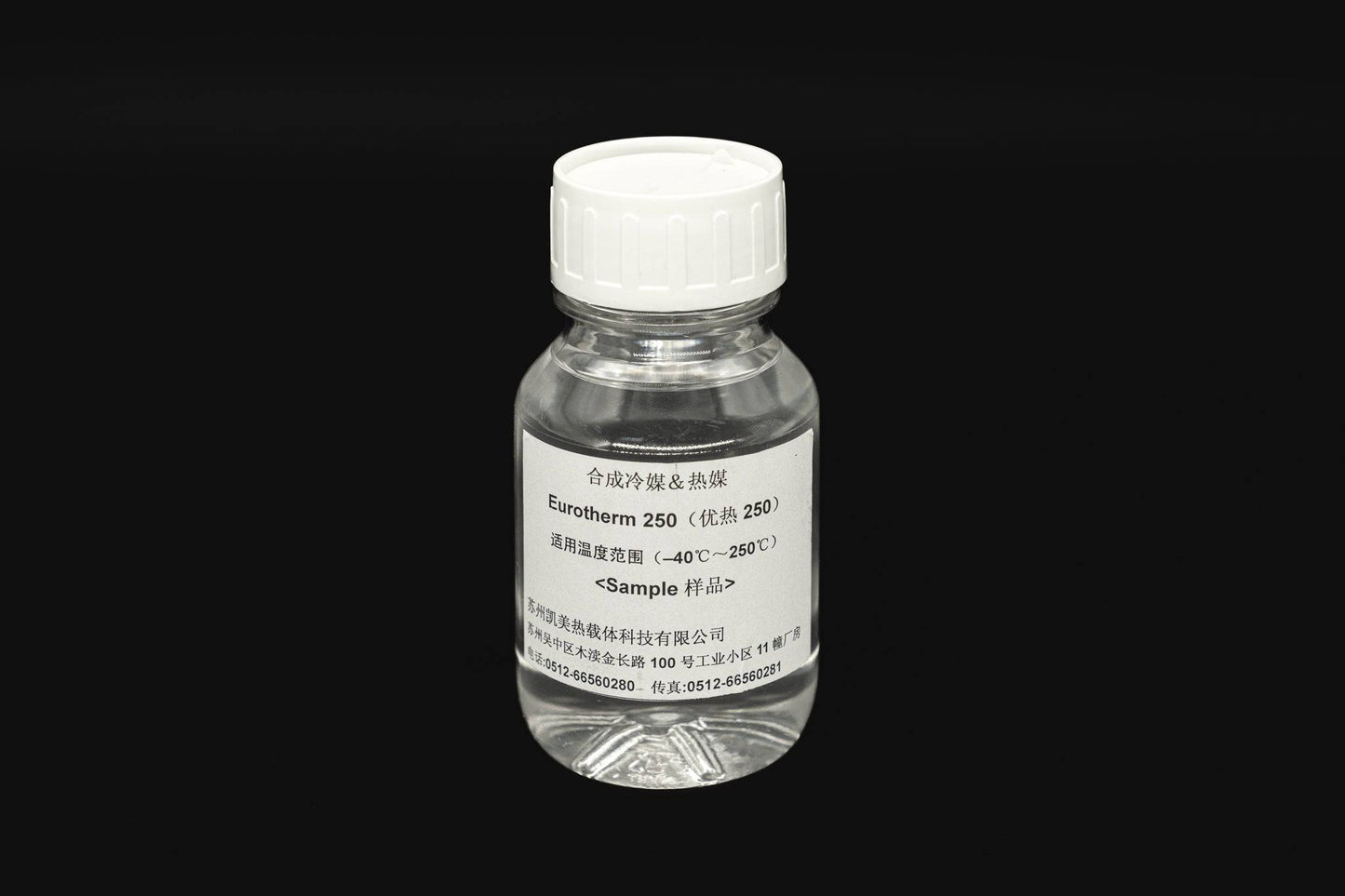See This Report on Chemie
See This Report on Chemie
Blog Article
The 8-Second Trick For Chemie
Table of ContentsFascination About ChemieThe Ultimate Guide To ChemieNot known Details About Chemie Facts About Chemie UncoveredWhat Does Chemie Do?About Chemie
By Bojanna Shantheyanda, Sreya Dutta, Kevin Coscia and David SchiemerDynalene, Inc. Fluid cooling, which can be attained making use of indirect or straight ways, is utilized in electronic devices applications having thermal power densities that might go beyond safe dissipation through air cooling. Indirect fluid cooling is where warmth dissipating electronic parts are literally divided from the fluid coolant, whereas in situation of direct air conditioning, the components are in straight call with the coolant.In indirect air conditioning applications the electrical conductivity can be important if there are leaks and/or spillage of the fluids onto the electronic devices. In the indirect cooling applications where water based liquids with deterioration preventions are generally made use of, the electrical conductivity of the liquid coolant generally relies on the ion focus in the fluid stream.
The rise in the ion concentration in a closed loop liquid stream may take place due to ion leaching from steels and nonmetal elements that the coolant fluid is in call with. Throughout operation, the electrical conductivity of the fluid might enhance to a degree which can be unsafe for the cooling system.
Not known Facts About Chemie
(https://chemie999.weebly.com/)They are bead like polymers that are capable of trading ions with ions in a service that it is in call with. In the existing job, ion leaching examinations were performed with various metals and polymers in both ultrapure deionized (DI) water, i.e. water which is treated to the highest degree of purity, and reduced electrical conductive ethylene glycol/water combination, with the determined adjustment in conductivity reported with time.
The examples were allowed to equilibrate at area temperature level for two days prior to recording the preliminary electrical conductivity. In all examinations reported in this study liquid electrical conductivity was determined to an accuracy of 1% using an Oakton disadvantage 510/CON 6 series meter which was adjusted before each dimension.
All About Chemie
from the wall surface home heating coils to the center of the furnace. The PTFE sample containers were placed in the furnace when constant state temperature levels were reached. The test configuration was eliminated from the heating system every 168 hours (seven days), cooled down to room temperature level with the electric conductivity of the liquid gauged.
The electric conductivity of the liquid example was kept track of for a total of 5000 hours (208 days). Figure 2. Schematic of the indirect closed loop cooling down experiment set-up - silicone fluid. Table 1. Elements utilized in the indirect shut loop cooling experiment that touch with the liquid coolant. A schematic of the experimental arrangement is displayed in Number 2.

The 15-Second Trick For Chemie
Throughout procedure the liquid reservoir temperature level was maintained at 34C. The change in fluid electric conductivity was kept track of for 136 hours. The fluid from the system was gathered and saved. Shut loophole examination with ion exchange resin was brought out with the very same cleaning procedures utilized. The preliminary electrical conductivity of the 230ml UP-H2O in the system determined 1.84 S/cm.

0.1 g of Dowex resin was included in 100g of liquid samples that was taken in a different container. The combination was mixed and change in the electrical conductivity at area temperature level was measured every hour. The gauged adjustment in the electric conductivity of the UP-H2O and EG-LC examination fluids having polymer or steel when immersed for 5,000 hours at 80C is shown Number 3.
The 15-Second Trick For Chemie
Number 3. Ion seeping experiment: Calculated change in electrical conductivity of water and EG-LC coolants having either polymer or steel samples when submersed for 5,000 hours at 80C. The results indicate that metals added fewer ions right into the liquids than plastics in both UP-H2O and EG-LC based coolants. This could be due to a thin steel oxide layer which might work as an obstacle to ion leaching and cationic diffusion.
Liquids containing polypropylene and HDPE exhibited the most affordable electrical conductivity modifications. This might be because of the brief, rigid, linear chains which are less likely to contribute ions than longer branched chains with weaker intermolecular forces. Silicone also performed well in both examination fluids, as polysiloxanes are generally chemically inert due to the high bond energy of the silicon-oxygen bond which would avoid destruction of the material into the fluid.
The Ultimate Guide To Chemie
It would certainly be expected that PVC would create comparable outcomes to those of PTFE and HDPE based upon the comparable chemical structures of the materials, however there may be other pollutants present in the PVC, such as plasticizers, that might affect the electrical conductivity of the fluid - silicone synthetic oil. Additionally, chloride groups in PVC can likewise seep right into the test fluid and can trigger an increase in electrical conductivity
Buna-N rubber and polyurethane revealed indications of deterioration and thermal disintegration which recommends that their possible energy as a gasket or sticky product at greater temperature levels can result in application issues. Polyurethane totally broke down right into the test fluid by the end of 5000 hour examination. Number 4. Prior to and after images of steel and polymer samples immersed for 5,000 hours at 80C in the ion leaching experiment.
Calculated modification in the electrical conductivity of UP-H2O coolant as a function of time with and without resin cartridge in the shut indirect air conditioning loophole experiment. The determined adjustment in electric conductivity of the UP-H2O for 136 hours with and without ion exchange material in the loop is revealed in Number 5.
Report this page